To date, Son La province has identified more than 1,000 medicinal plant species , many of which are rare and widely grown in the areas of Song Ma, Mai Son, Moc Chau, Muong La, Bac Yen and Van Ho. The whole province currently has about 40 small-scale medicinal plant processing facilities and 5-7 medium-scale facilities, applying common technologies such as heat drying, powder grinding, essential oil extraction, roasting and packaging.
The whole province has more than 670,000 hectares of forestry land, of which 86,000 hectares can be combined with medicinal plant cultivation under the forest canopy. Currently, the area of medicinal plants reaches 16,145 hectares, with an output of about 25,992 tons, concentrated in the areas: Song Ma, Moc Chau, Bac Yen, Muong La and Van Ho. The main species include: hawthorn, Java lemongrass, cardamom, cinnamon, turmeric, an xoa, coix...
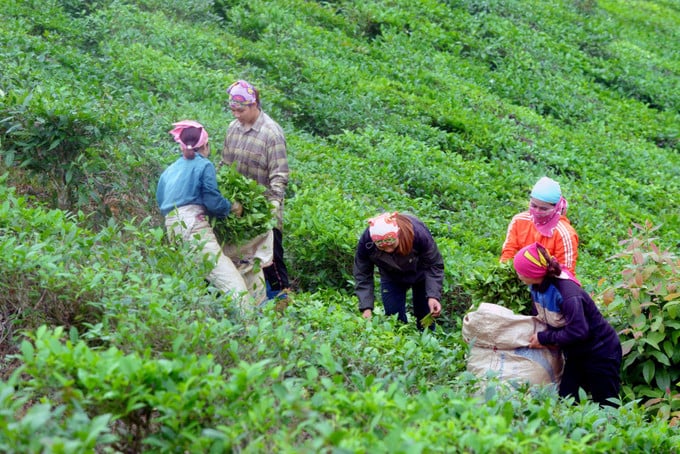
The area of medicinal plants in Son La reaches 16,145 hectares, with an output of about 25,992 tons.
Developing medicinal herbs according to the chain link
In recent years, Son La province has issued many important policies to promote the medicinal herbs sector, typically:
- Decision No. 3256/QD-UBND approved the provincial medicinal herbs development planning project, aiming to form a production area of about 50,000 hectares by 2030, with an output of 500,000 tons; build 30 preservation facilities and 33 facilities or factories for processing and extracting medicinal herbs that meet standards.
- Decision No. 22/2024/QD-UBND stipulates the mechanism for supporting investment in infrastructure, plant varieties, technical training, trade promotion, prioritizing projects employing ethnic minority workers and implementing them in extremely difficult areas.
This is a concrete step to form a medicinal value chain associated with the goal of sustainable poverty reduction and green economic development.
Exploiting the potential of medicinal herbs, Son La province has implemented many programs and projects to support seedlings, testing, experimental planting, genetic resource conservation and building production and product consumption chains. This activity not only creates livelihoods for people but also forms a "green" belt to effectively protect forests.
In Muong La, many medicinal plant growing models following the production chain and product consumption have been implemented, typically: Nam Y Duoc Phu Tue - Muong La Cooperative (Muong Chum commune), established in 2021 with 15 members, 1.5 hectares of ginseng growing area; Muong Bu commune develops dried papaya flower products that meet OCOP 3 stars, linking with ginseng growing households in Ta Bung village, Ta Bu commune.
In addition, Nam Son Cooperative specializes in producing medicinal products, investing in nurseries, and cooperating with households growing Solanum procumbens, Codonopsis pilosula, chrysanthemums, etc.
In Bac Yen and Ta Xua communes... the area for growing medicinal herbs has also been maintained and expanded to over 1,000 hectares with key plant varieties: cardamom, cardamom, cinnamon. Many models have been effective, bringing in an income of over 100 million VND/year, contributing to poverty alleviation and local socio-economic development.
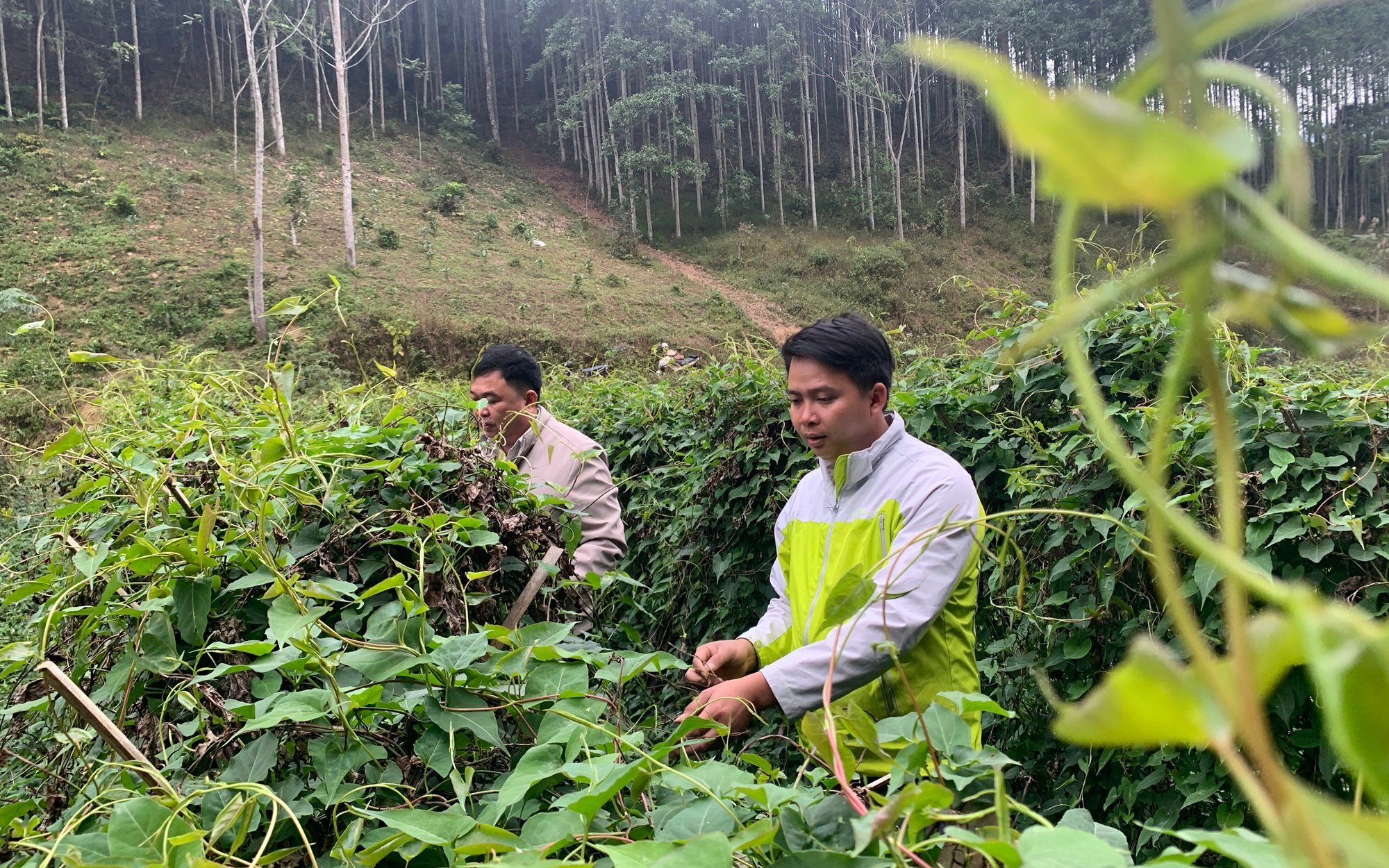
In medicinal plant development, Son La province encourages the development of 55 medicinal plant species with high economic value.
Orientation for sustainable development of medicinal resources
Sustainable development of medicinal herbs not only increases income and improves the lives of ethnic minorities, but also opens up new directions for green economy, circular economy, associated with nature conservation and indigenous knowledge.
The Union of Science and Technology Associations of Son La province organized a workshop to consult, evaluate the potential and orientation for sustainable development of medicinal resources in the province. At the workshop, delegates analyzed the current difficulties: small-scale production, fragmented raw material areas, unsynchronized seed sources, limited processing technology and low awareness of sustainable development among the people.
From that reality, many solutions have been proposed: building concentrated raw material areas associated with linking the "four-house" value chain; applying science and technology, preserving precious medicinal plant genetic resources; building brands, expanding consumer markets; combining medicinal plant development with ecotourism and traditional medicine; increasing investment resources and perfecting support mechanisms and policies.
With the province's potential, advantages and attention, Son La is expected to become the medicinal center of the Northwest region, actively contributing to the development strategy of Vietnam's pharmaceutical industry to 2030, with a vision to 2045.
In developing medicinal herbs, Son La province encourages the development of 55 medicinal herbs with high economic value, including: artichoke, white bean, dodder seed, angelica, gac fruit, jiaogulan, ginger, red polygonum multiflorum, pagoda tree flower, Chinese yam, moneywort, plantain, turmeric, cinnamon, lemongrass, cardamom, Ngoc Linh ginseng, Panax notoginseng, chasteberry, coix seed... At the same time, it encourages the cultivation of medicinal herbs in association with production and product consumption, developing medicinal herb areas associated with preliminary processing, processing, preservation, and extraction, opening up sustainable development directions, and improving economic efficiency for people.
Source: https://suckhoedoisong.vn/son-la-thuc-day-nganh-duoc-lieu-nang-cao-thu-nhap-cho-dong-bao-dan-toc-169251117094521963.htm








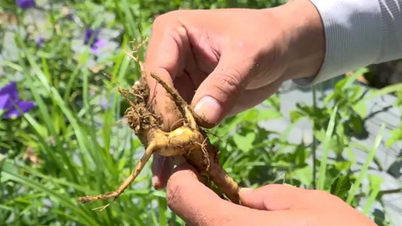
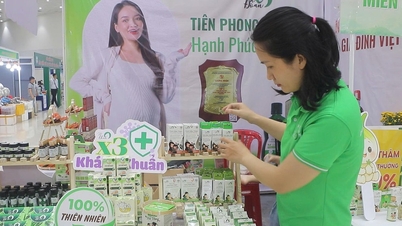

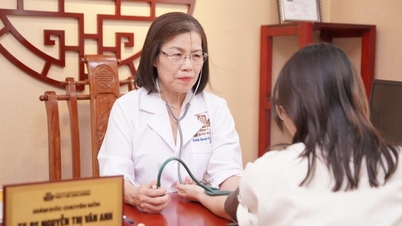
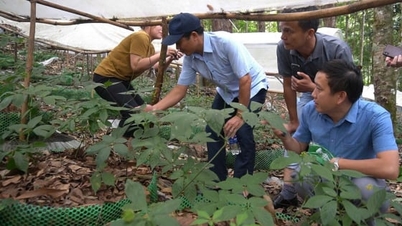



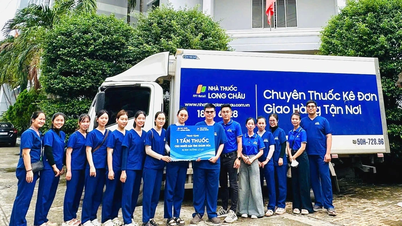




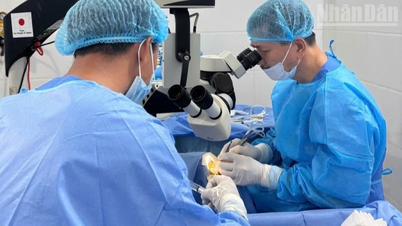





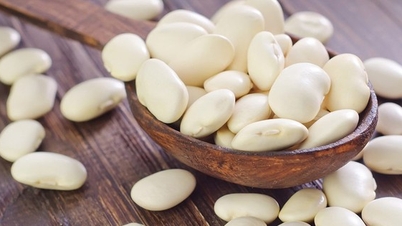
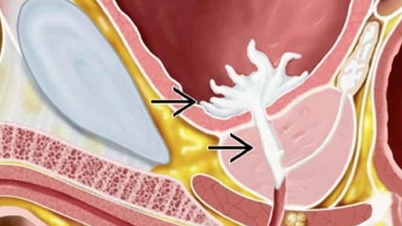
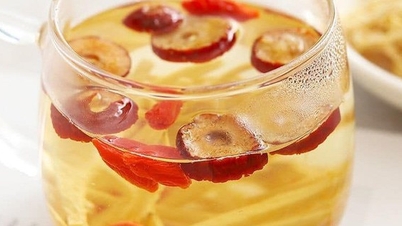

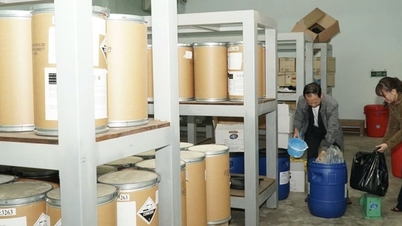

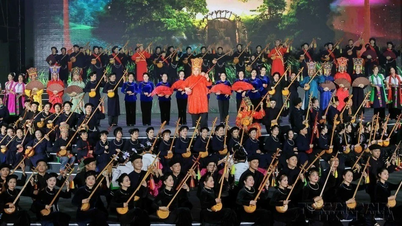

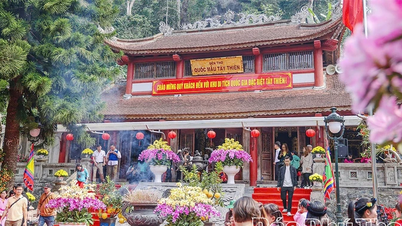



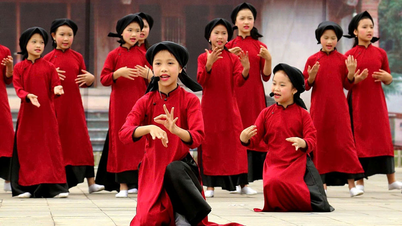

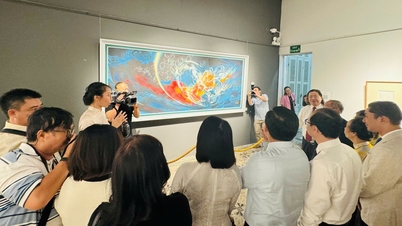

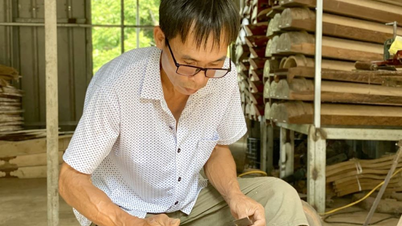



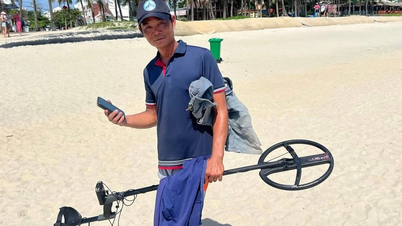



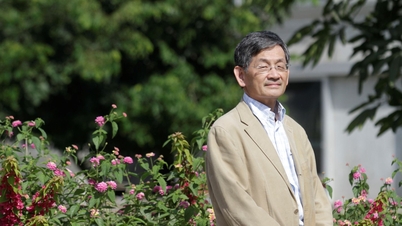



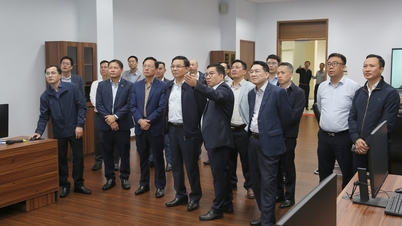











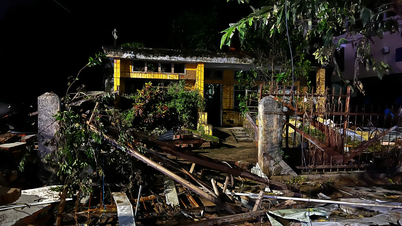



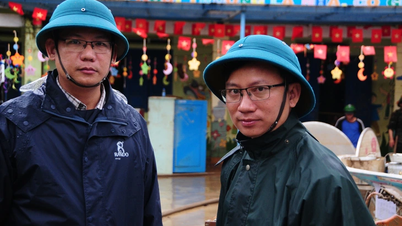

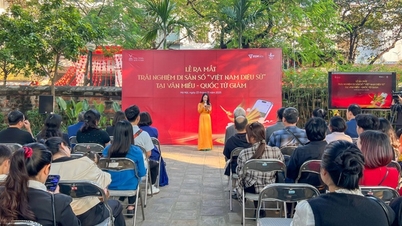



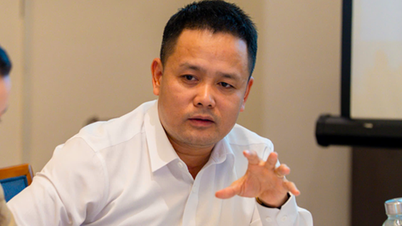

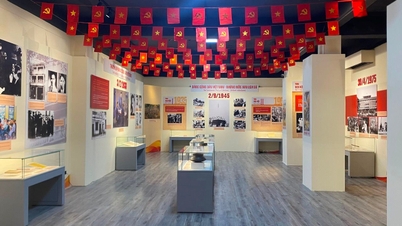

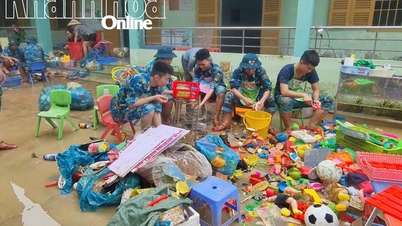




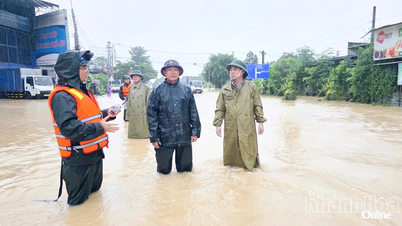














Comment (0)